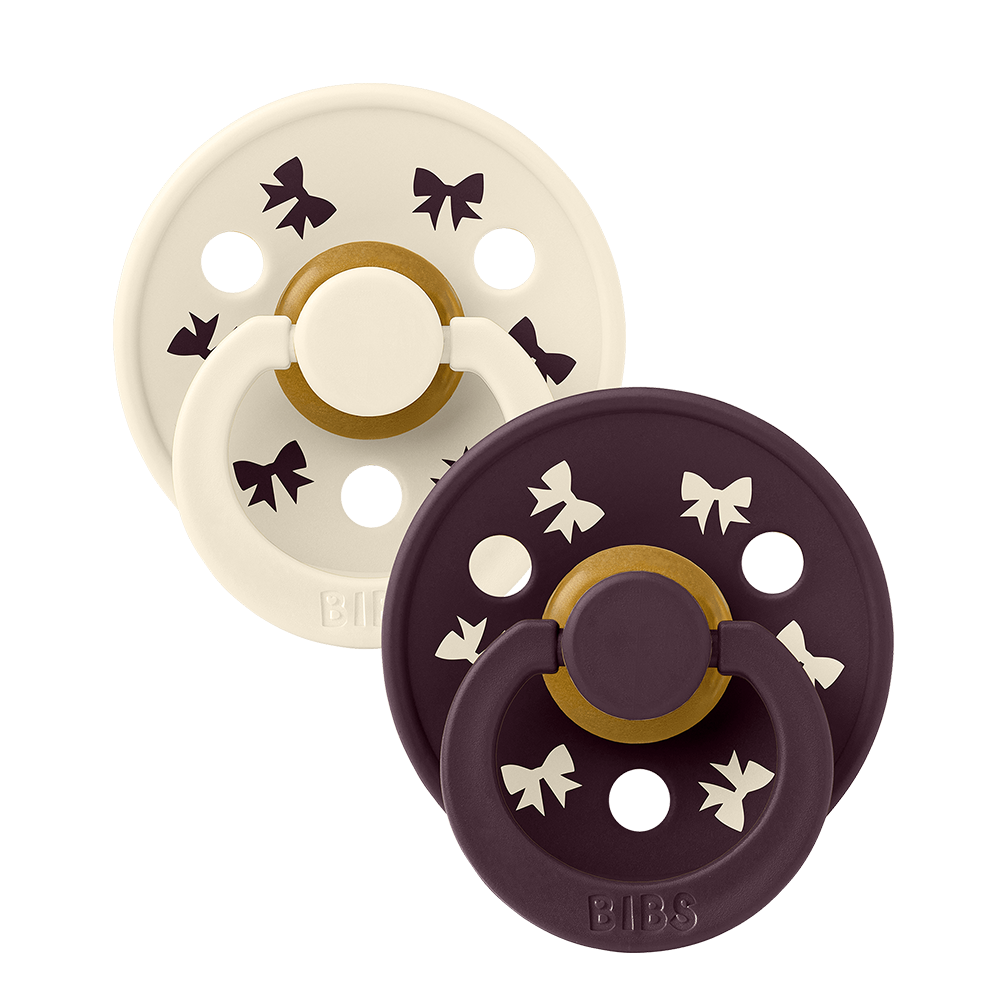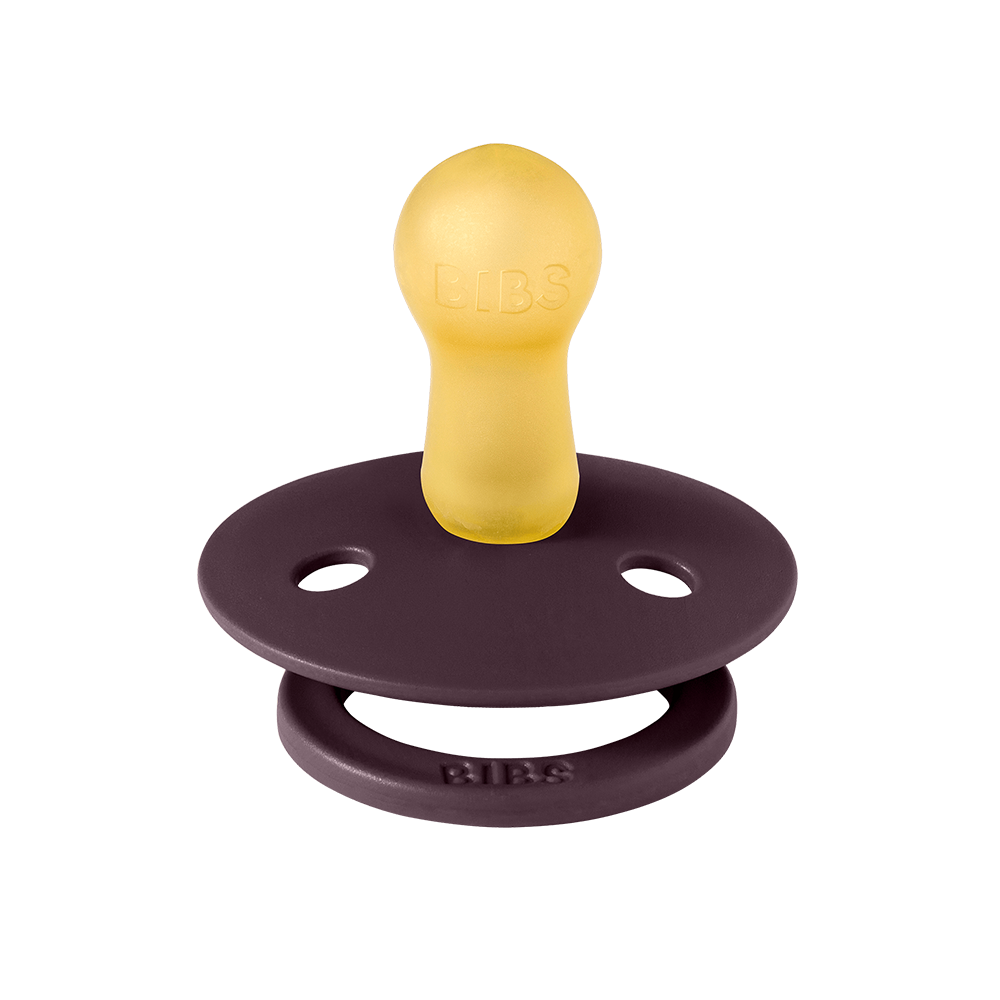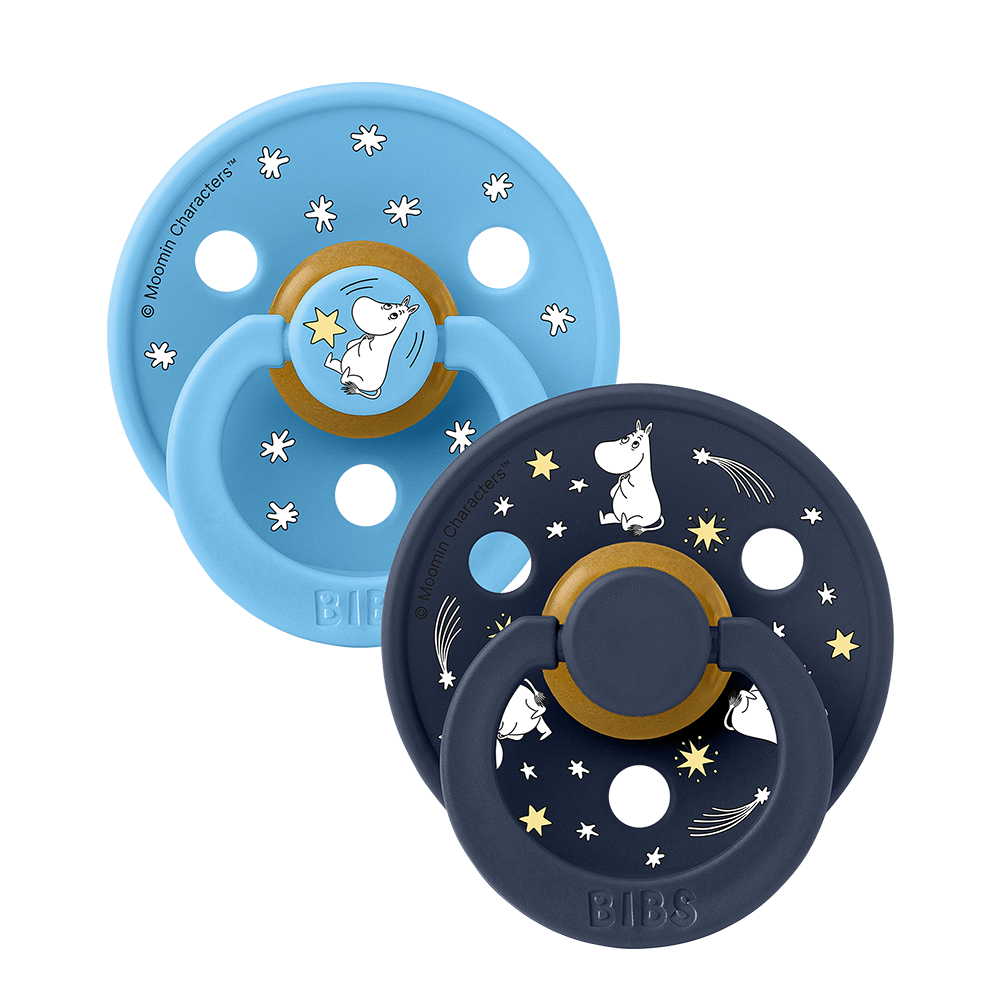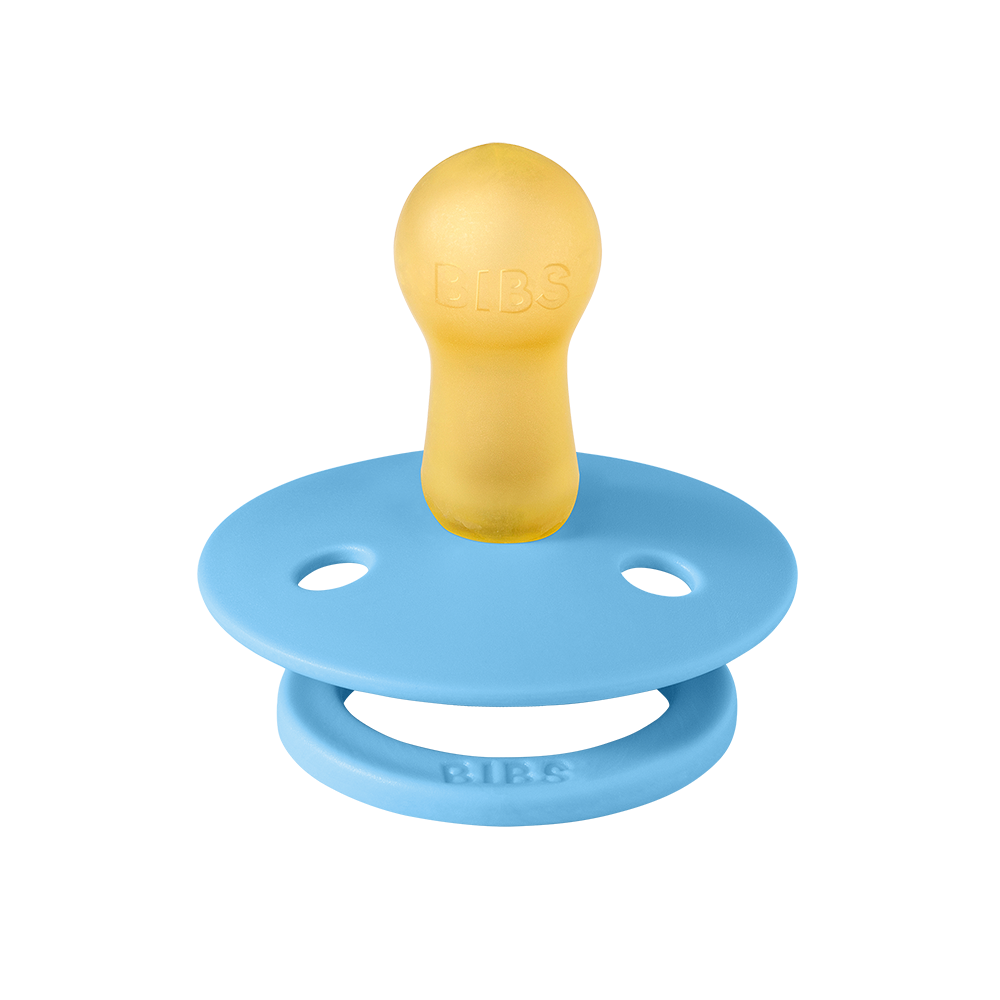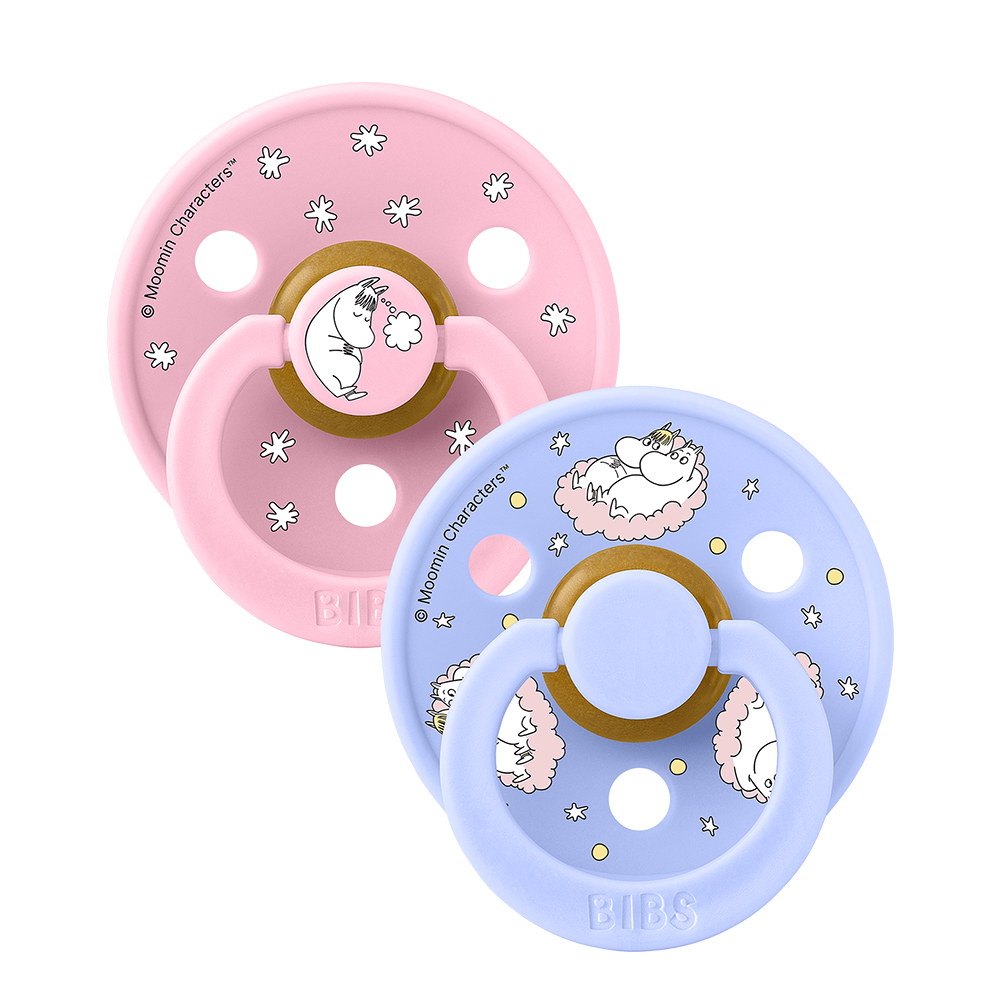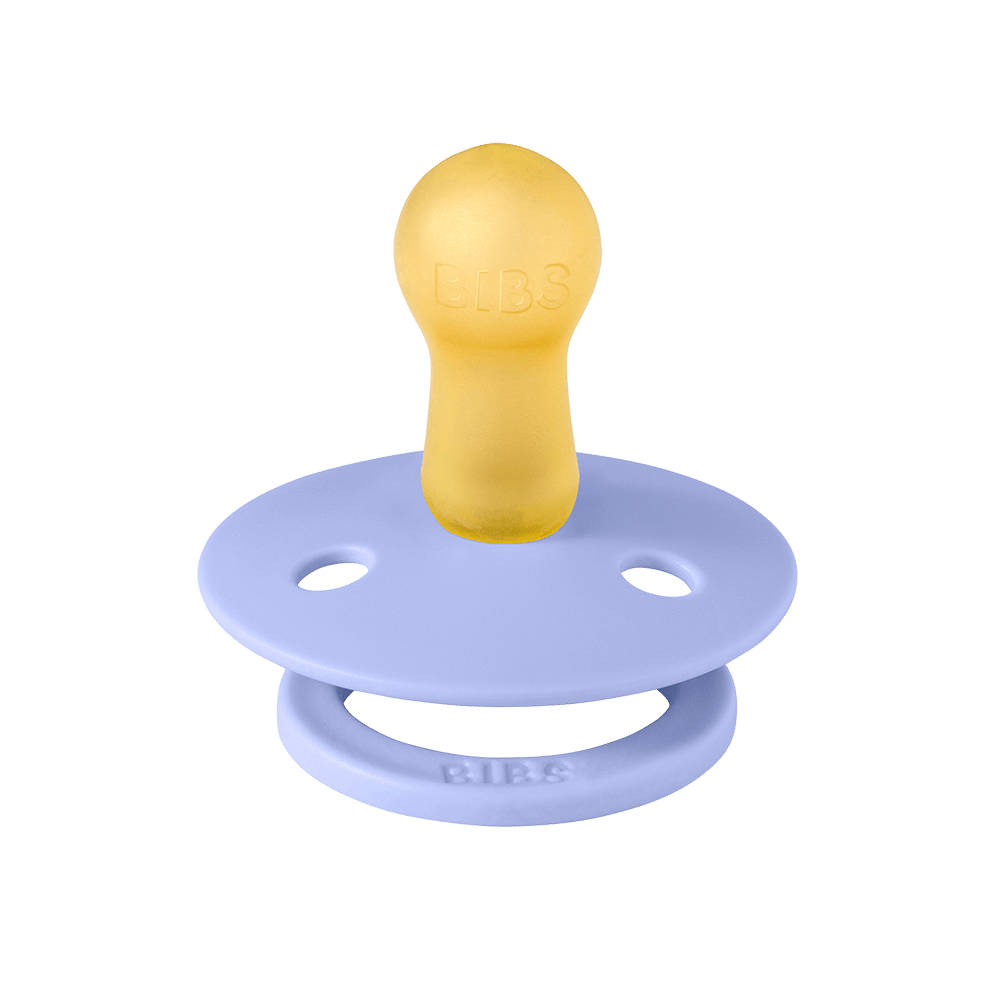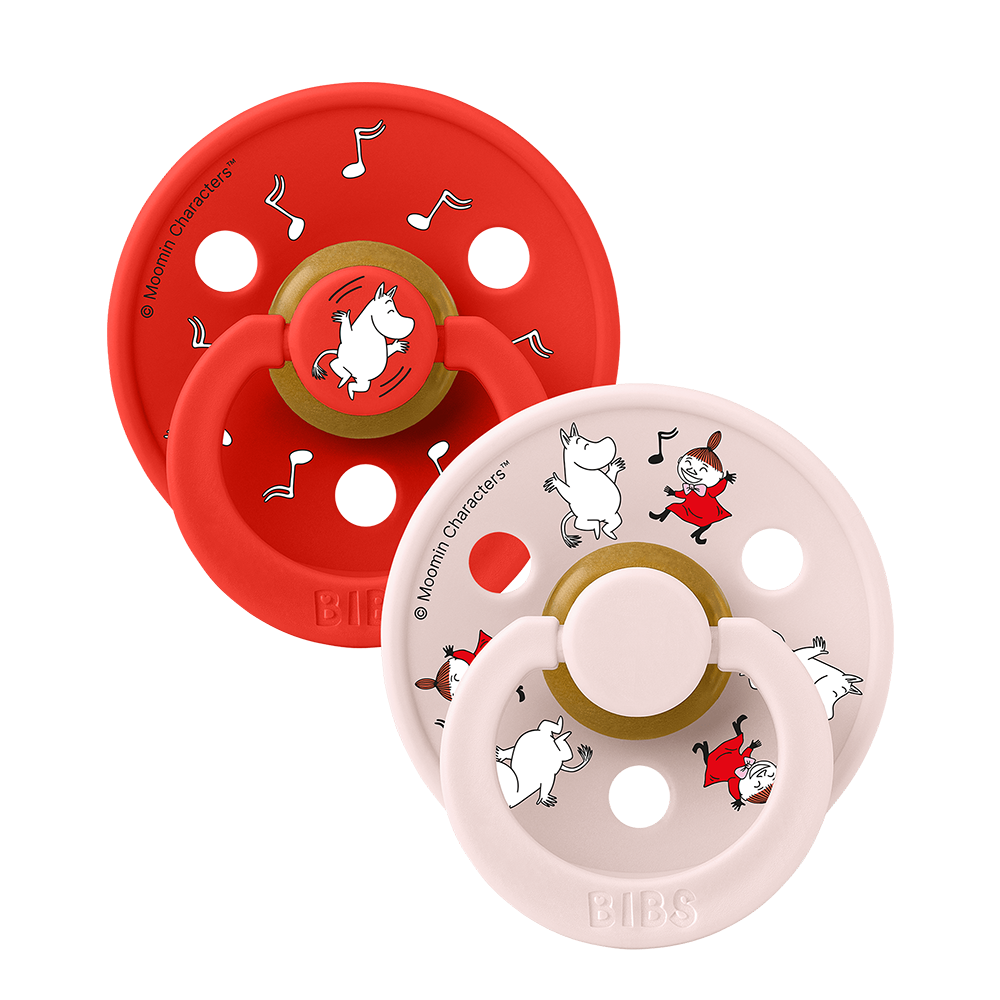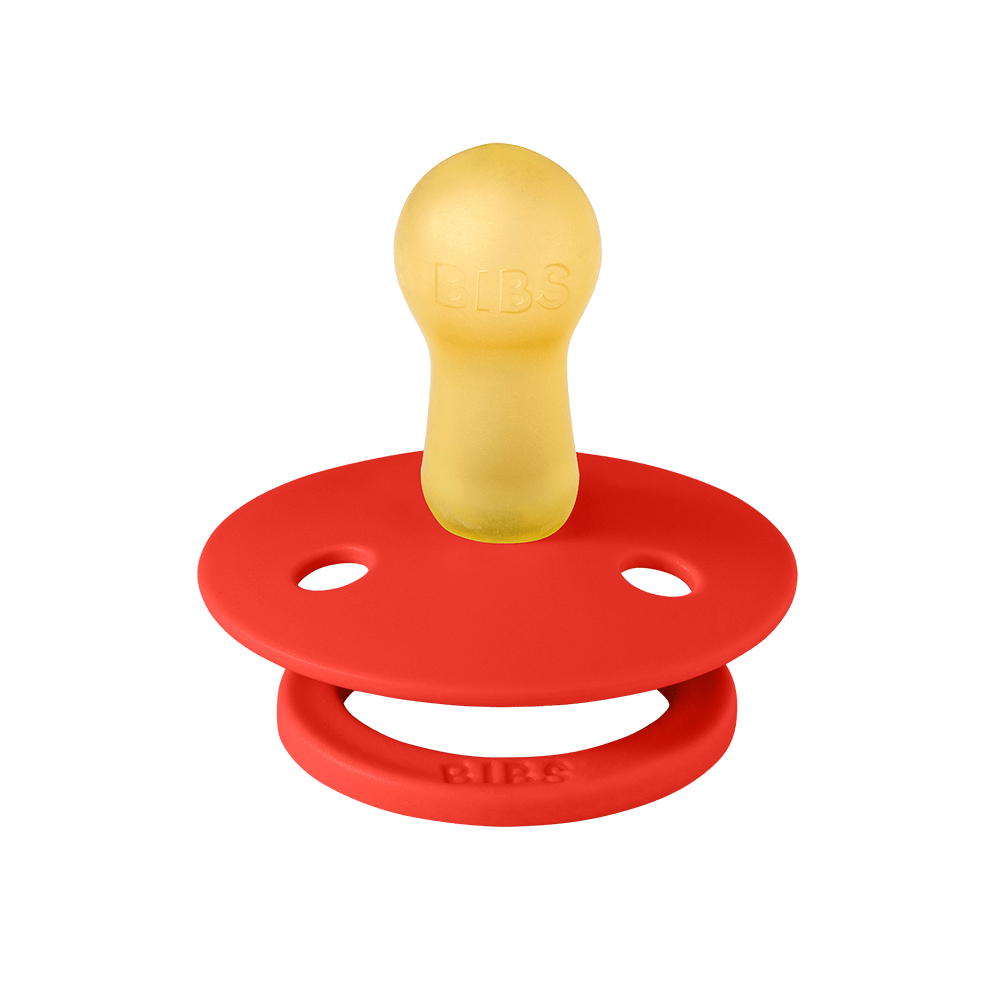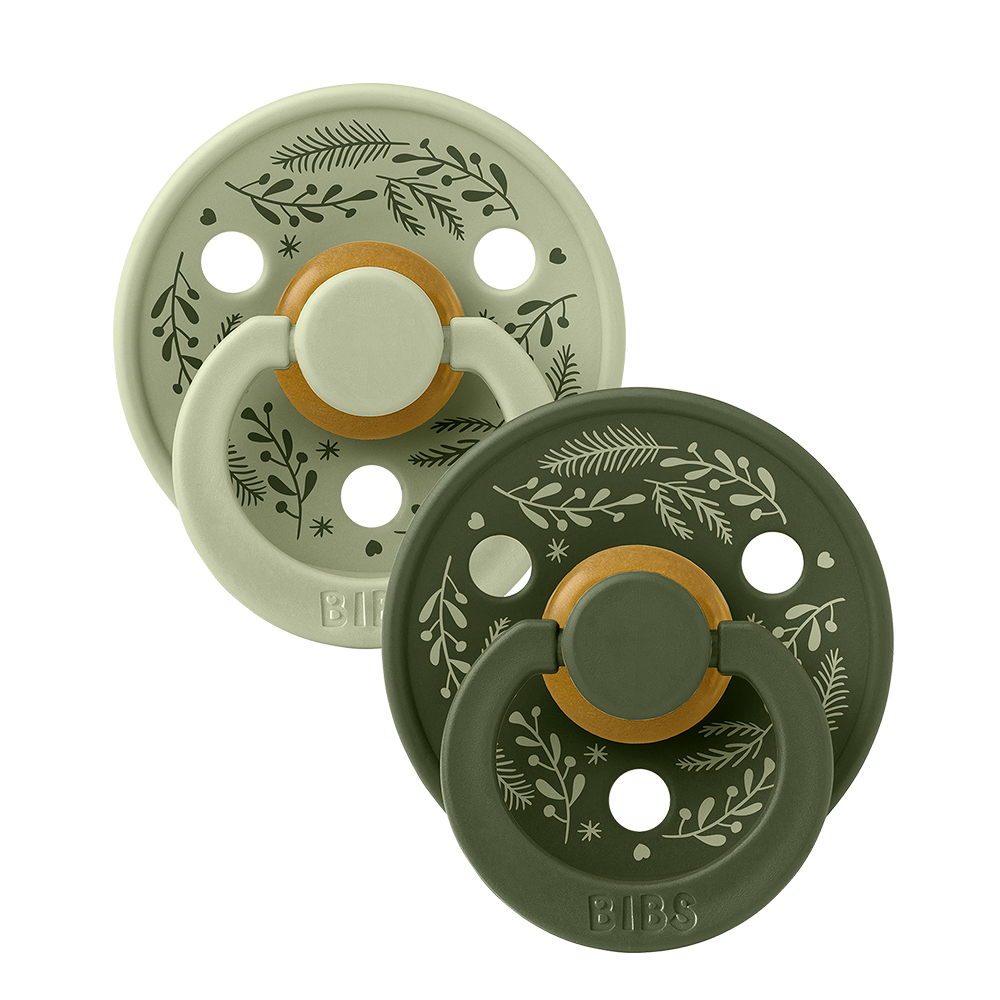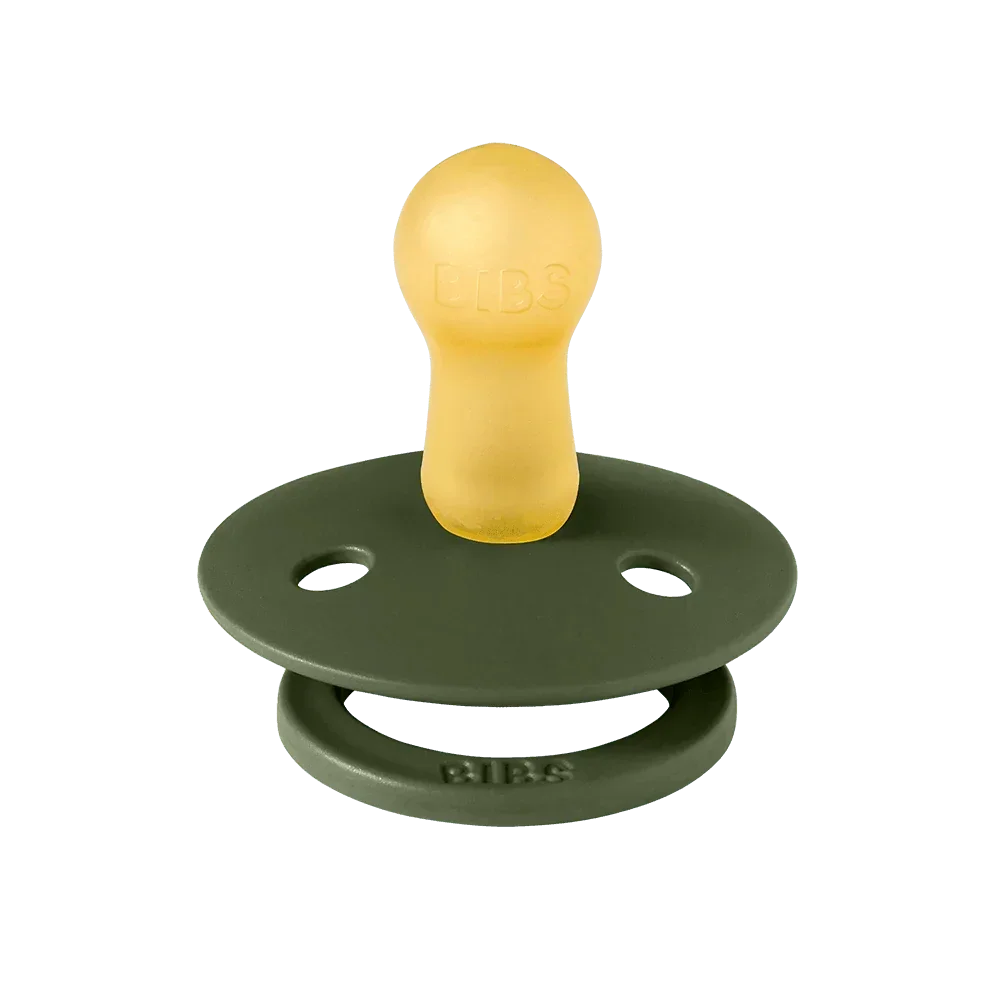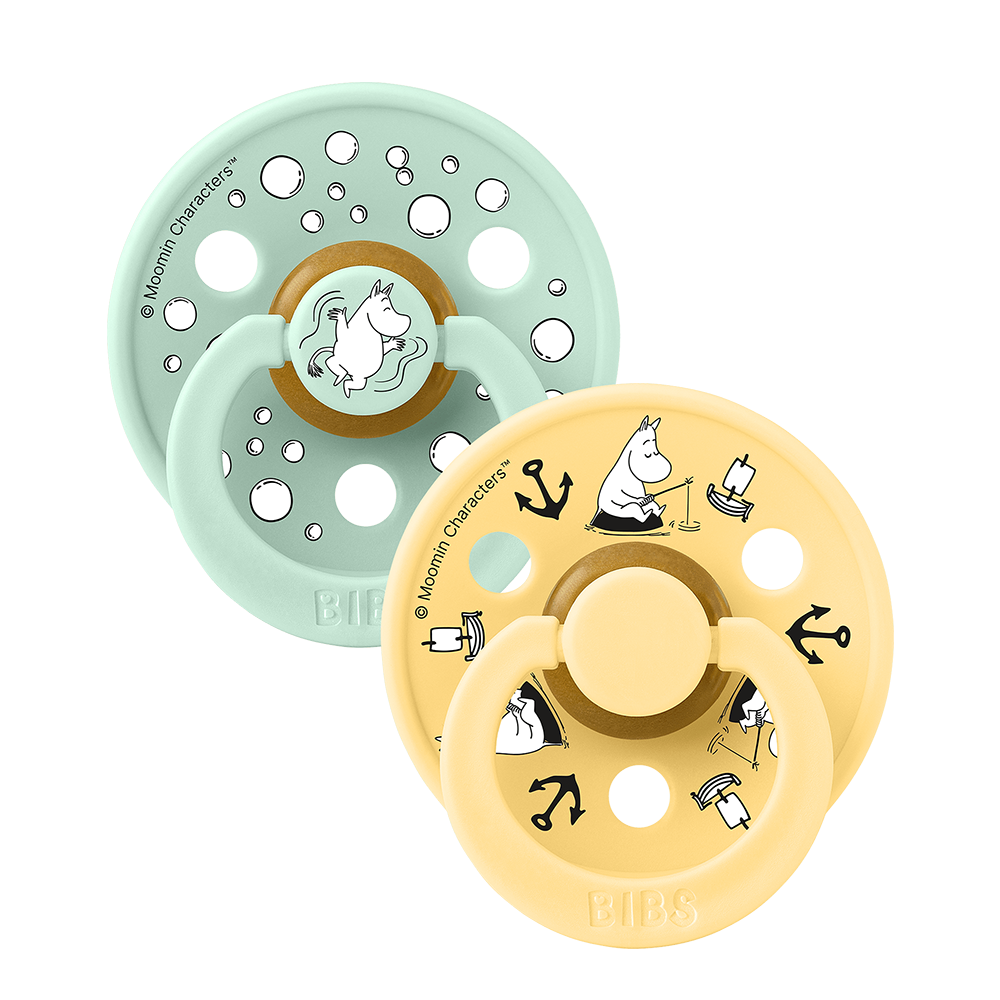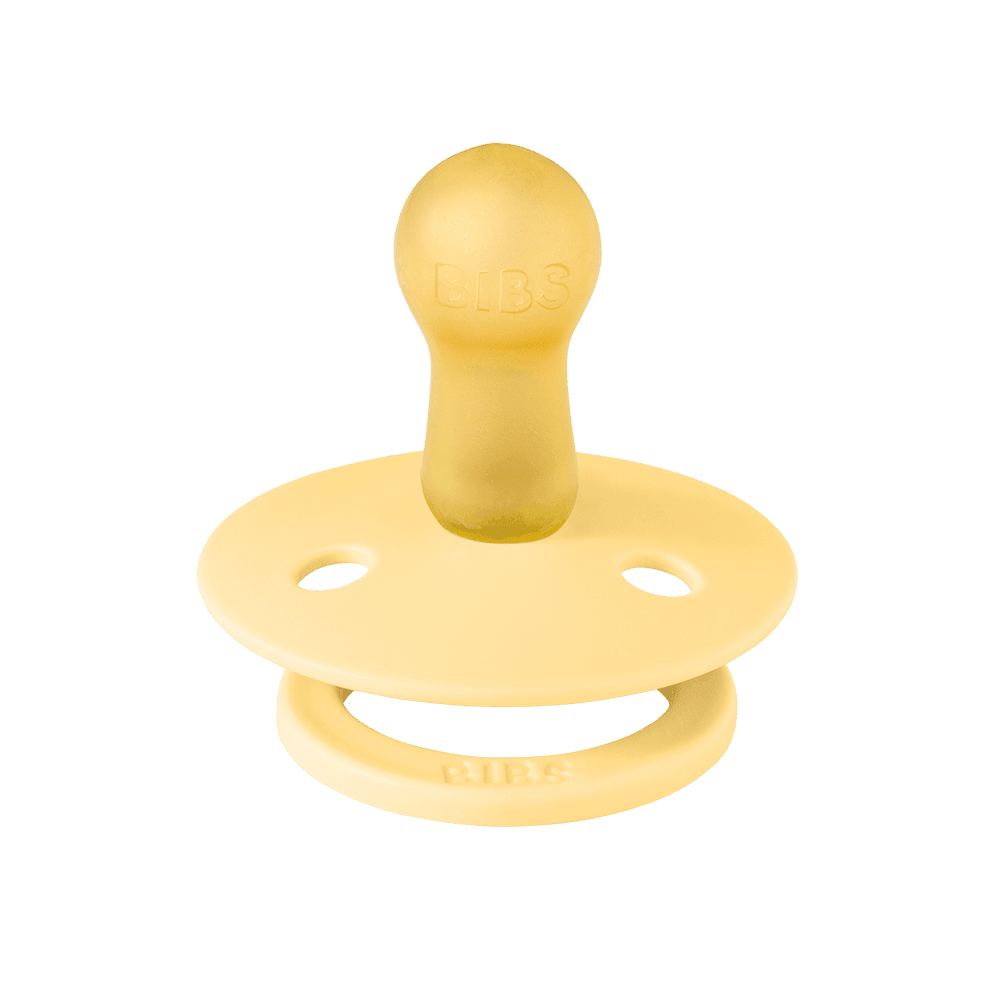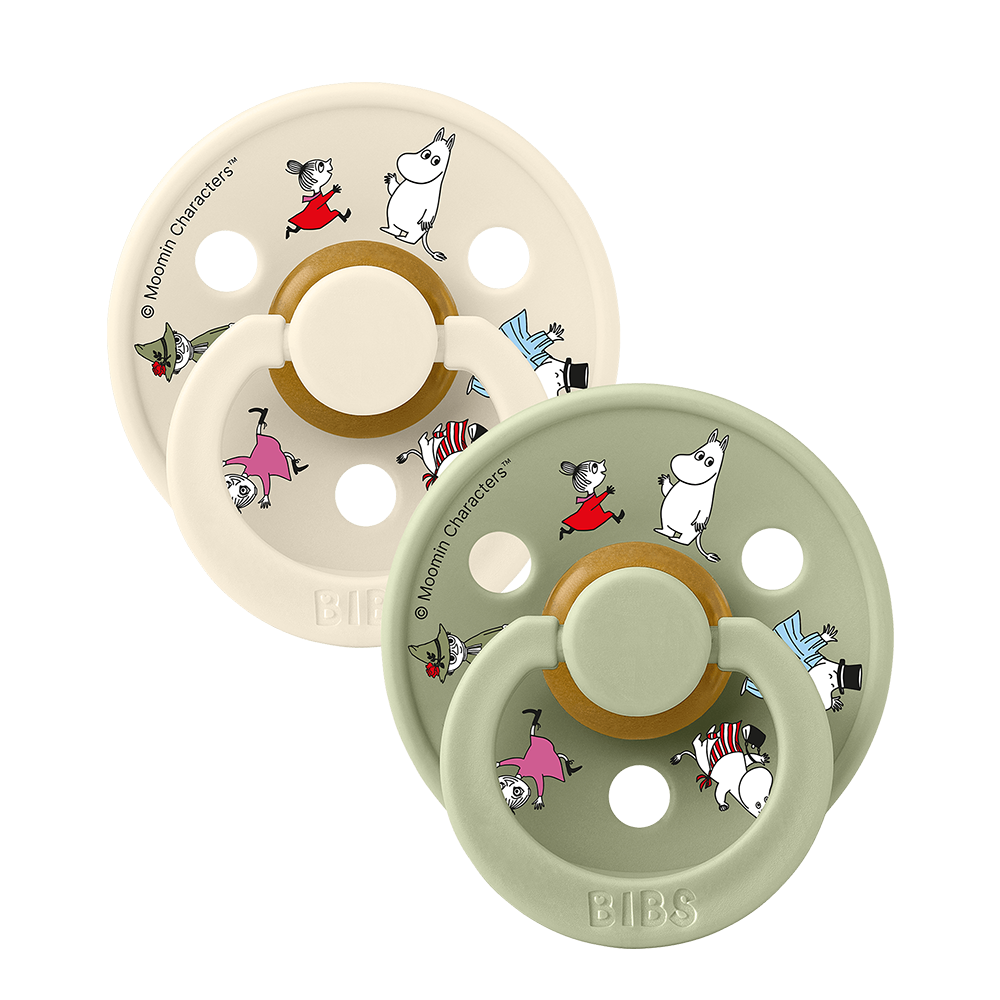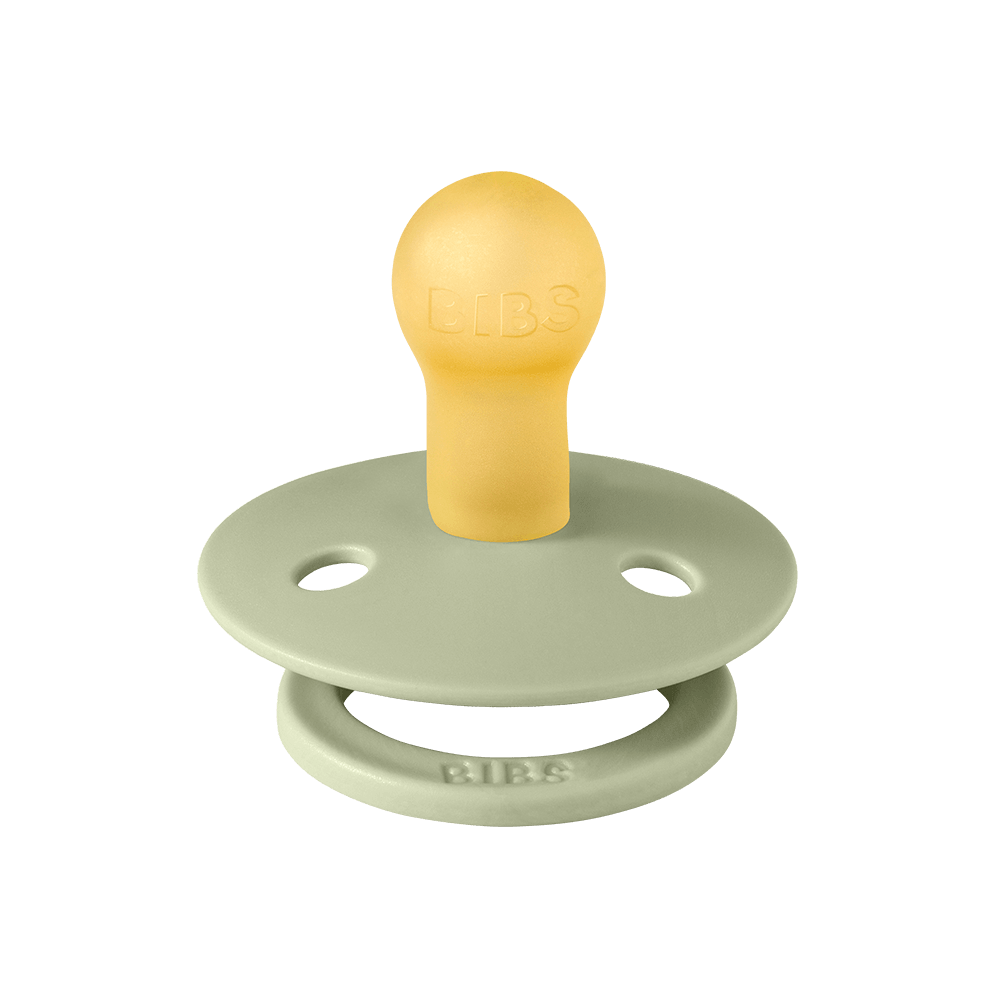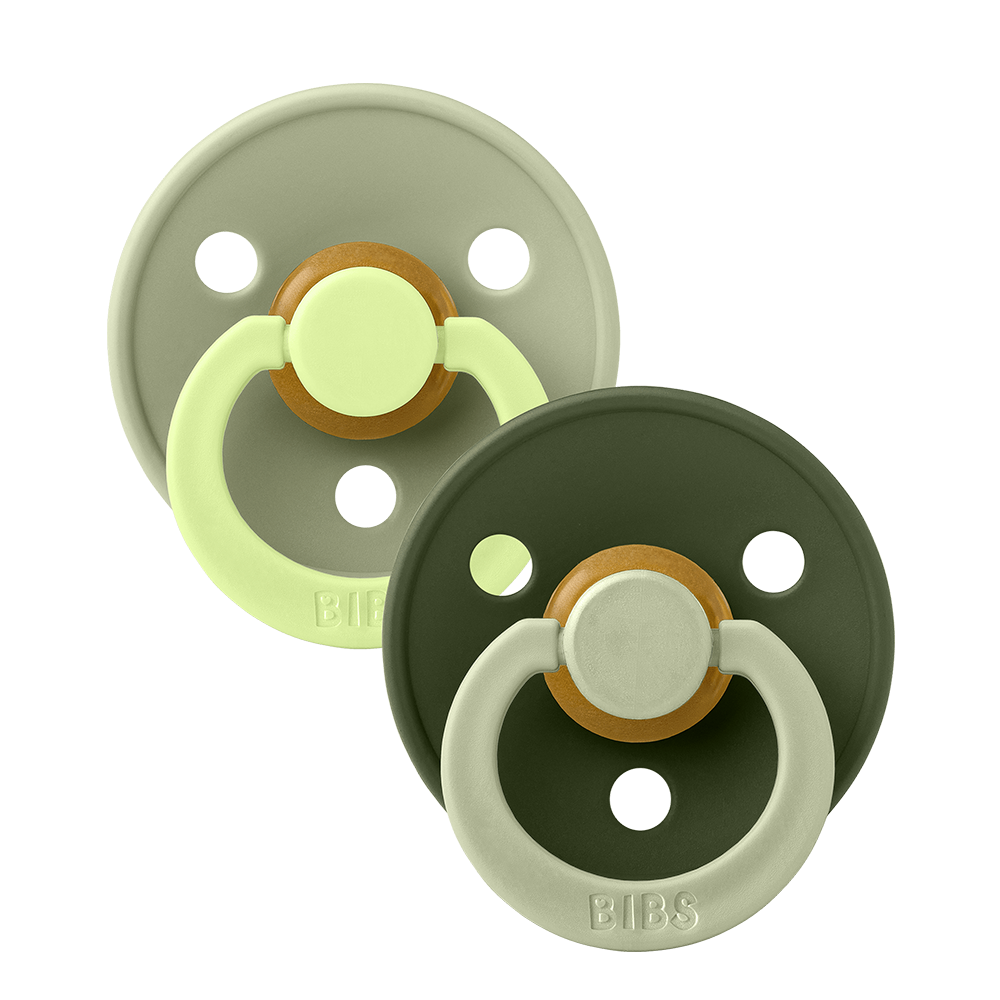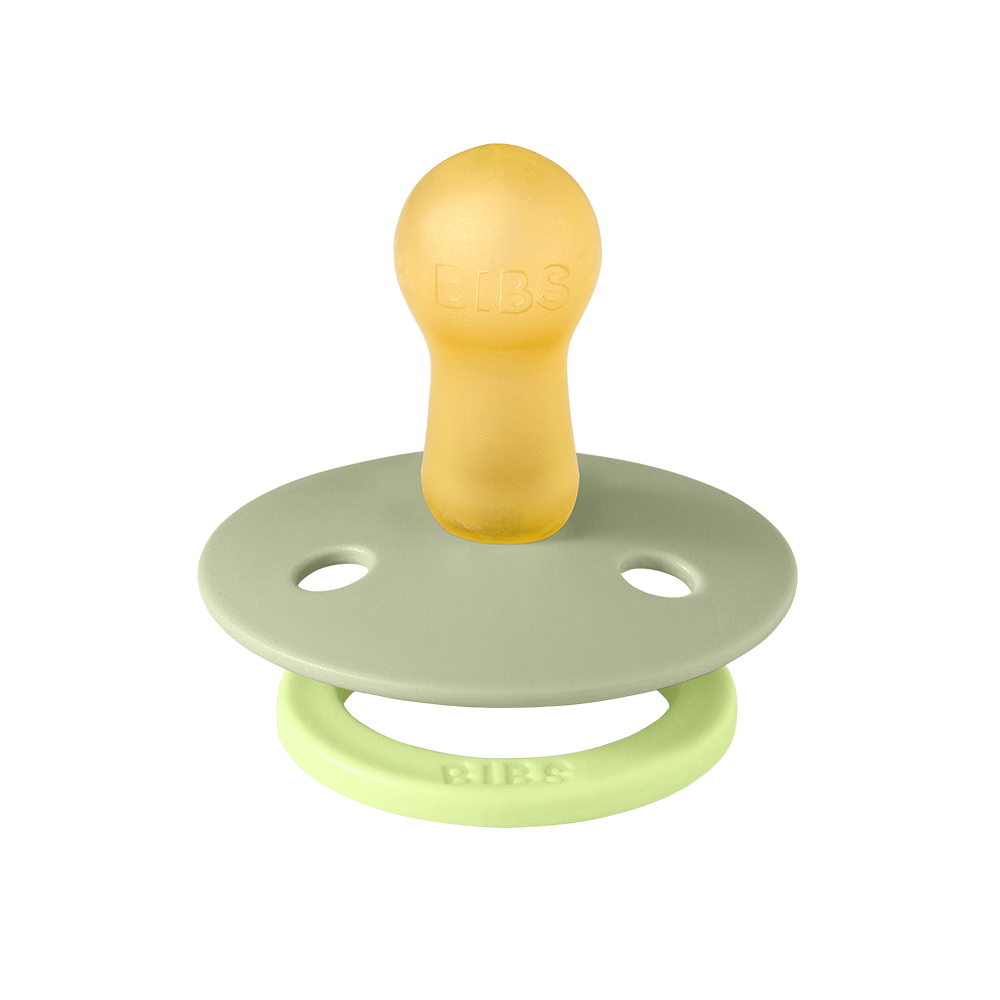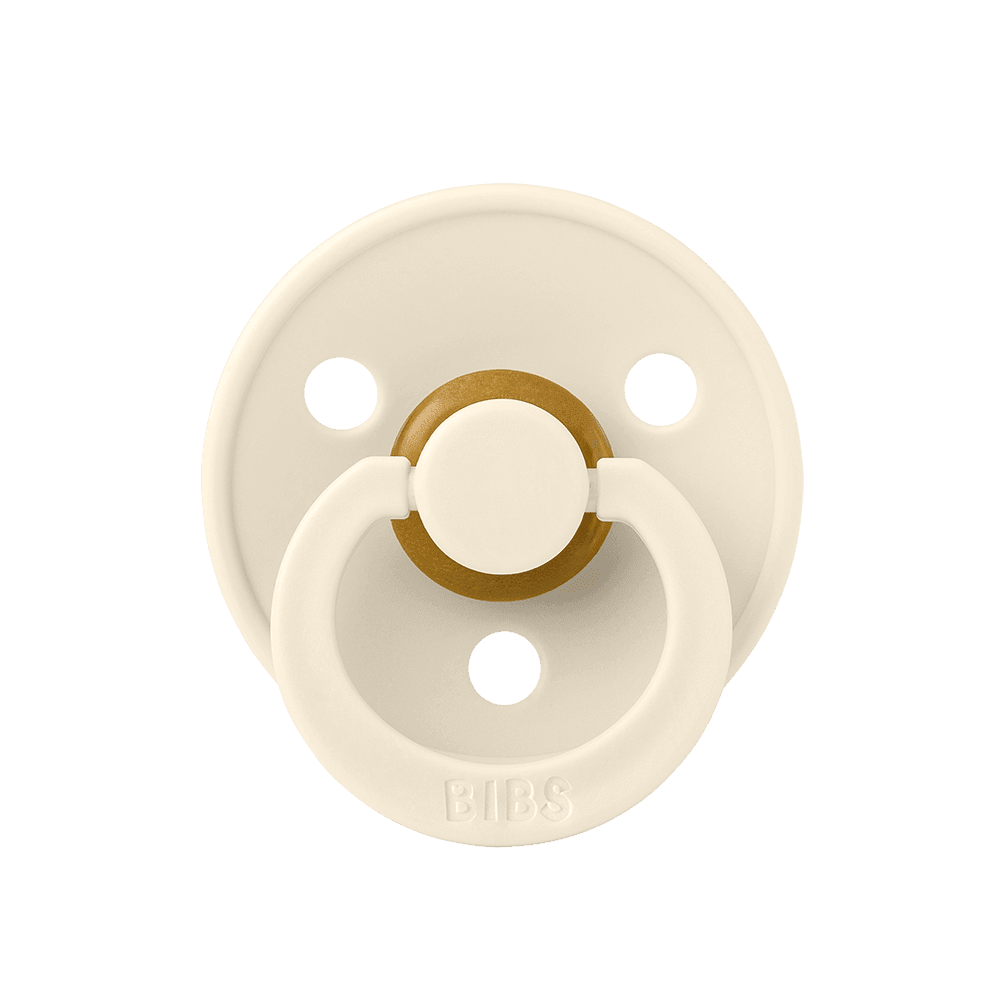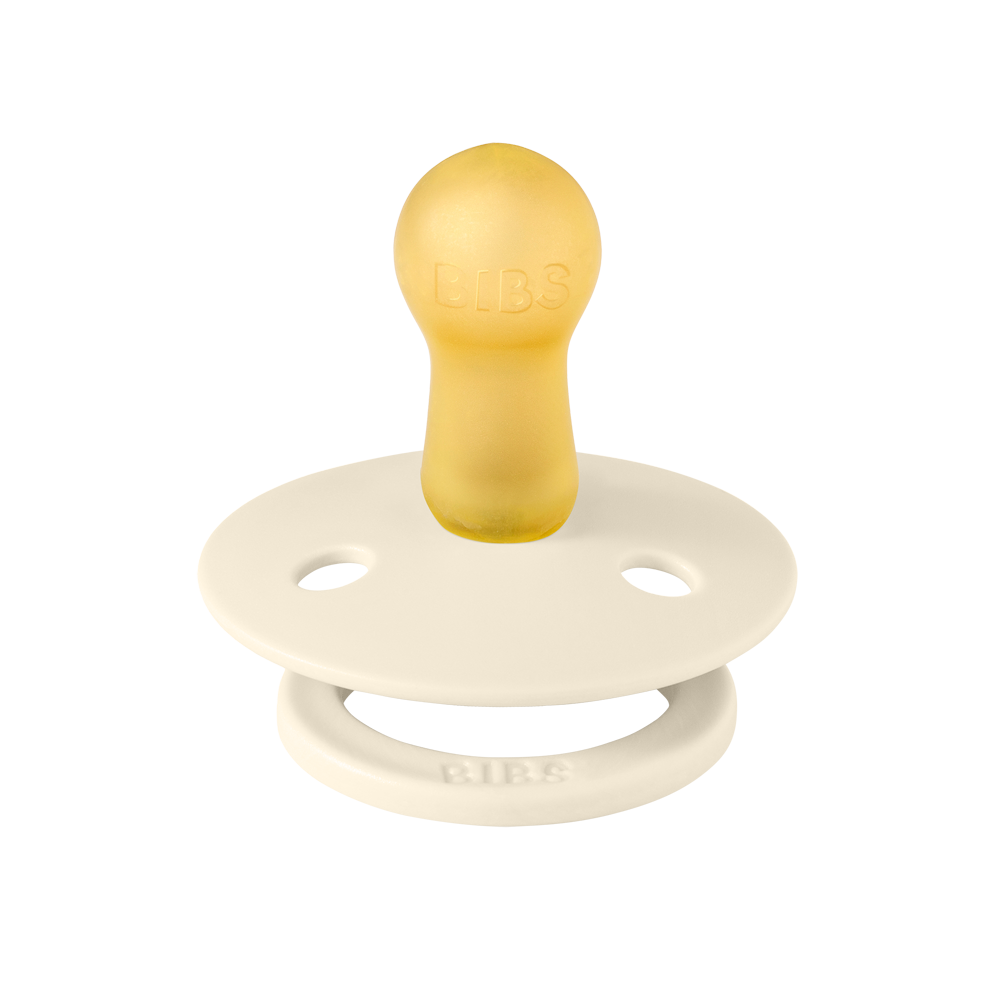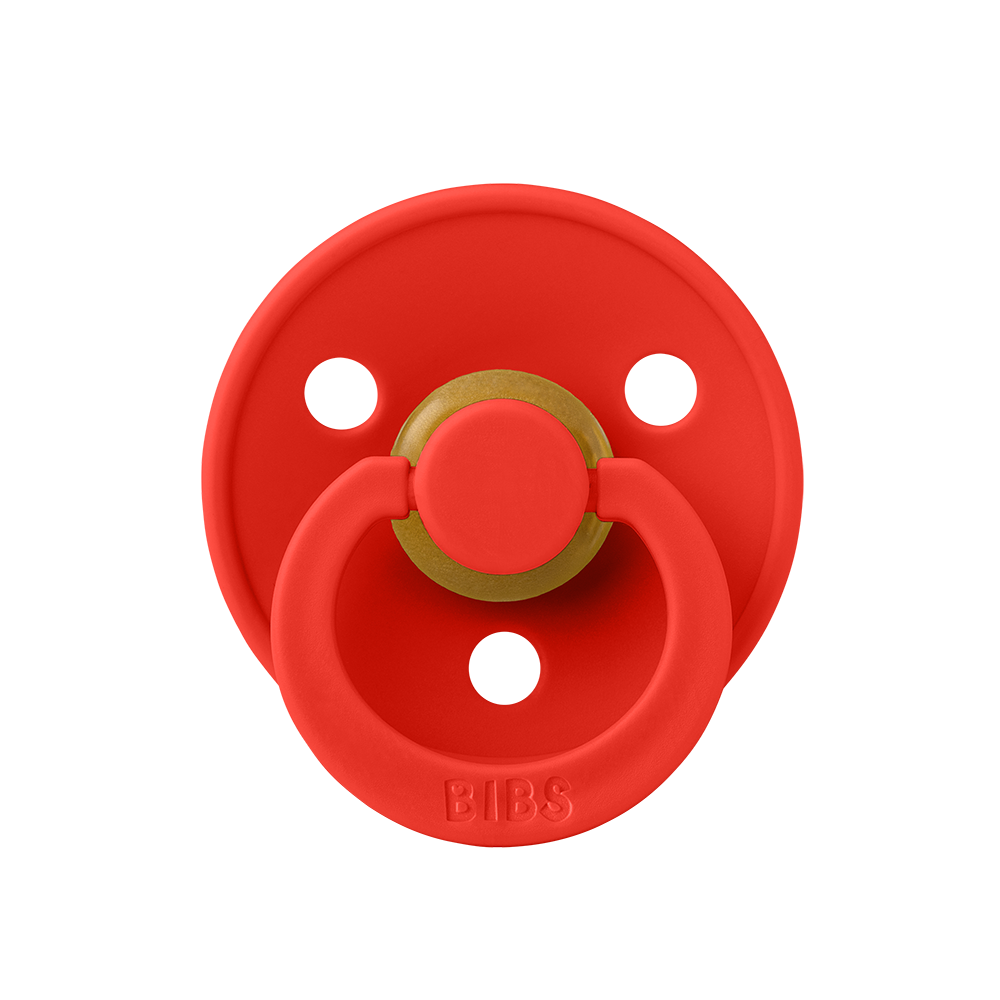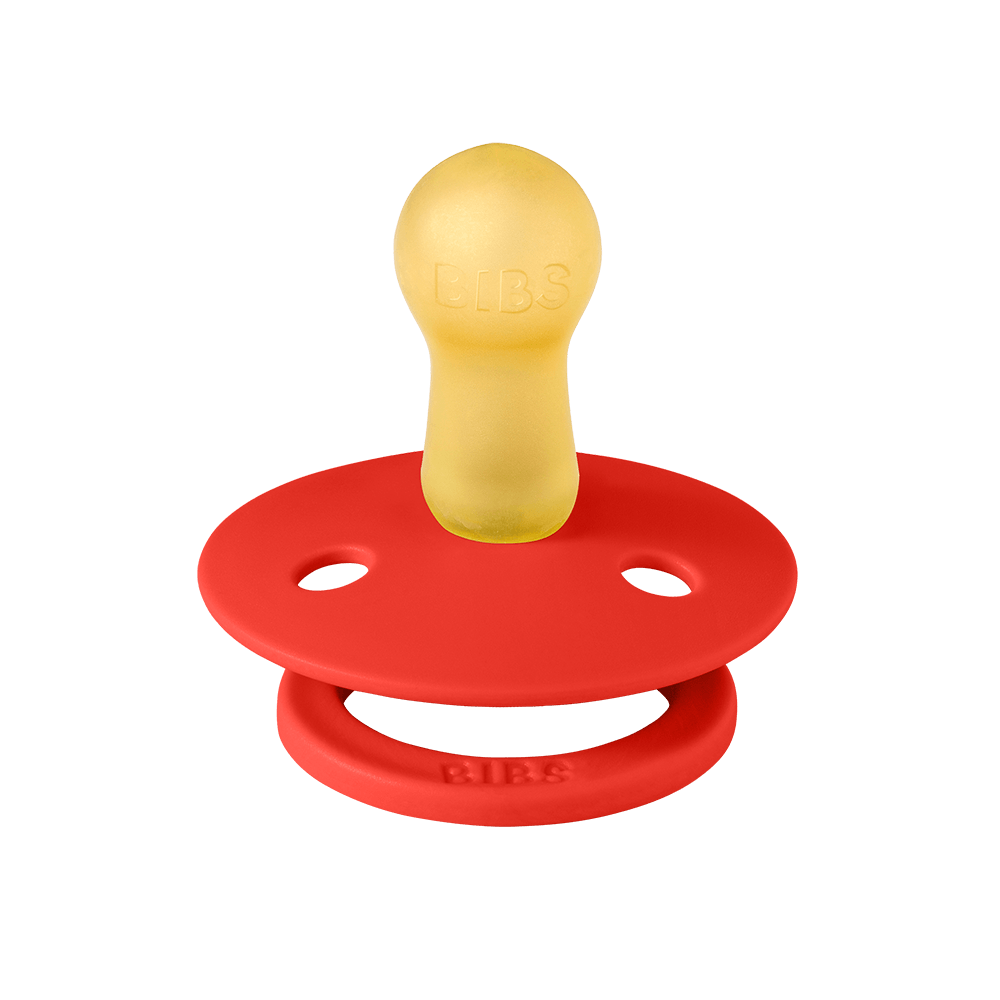
Babies make huge developmental steps during their first year. Within the first year, they will learn to lift their head, sit by themselves, roll over, crawl, and stand up. As parents, we are very much focusing on those mentioned gross motor skills milestones, but it is also very important to focus on the fine motor skills.
What are fine motor skills and why are they important?
Fine motor skills are movements involving smaller muscle groups such as those in the hand and wrist as well as feet and toes. Some examples of early fine motor skills include actions like grasping, holding, pressing, and using a pincer grip. Fine motor skills are vital for doing everyday activities like getting dressed, using utensils to eat, tying shoelaces, cutting with scissors, writing, and drawing, and turning the pages of a book.
What baby toys can I choose to help with fine motor skills?
In this blog post, we will explore what you can do to develop your baby’s fine motor skills leading to better hand-eye coordination, and finger control. Children learn best through play and your child's fine motor skills will develop through everyday activities involving grasping and holding. Toys can be a great way to encourage this skill-building while also having fun. You can integrate toys that stimulate and encourage play promoting fine motor skill development into your daily routines during the baby’s first year (and beyond). This way you are helping their muscle and sensory development and their confidence and ability towards independent play and activities.
1. Stacking toys
Stacking toys are great for developing the child’s fine motor skills. Picking up and putting objects in place train the child’s hand muscles and muscle control. But stacking not only improves children’s fine motor skills, but also develops better eye-hand coordination, and depth perception, and learn children of spatial perception (like under and on). They also help children with the laws of physics, such as gravity and balance. Overall, they are a great learning tool.
Check out our blog post about all the benefits of stacking toys >>

2. Linking chains
Linking chains are both practical and great fun for small children. Linking the loops together to chains and pulling them apart requires both muscle strength and hand-eye coordination.

3. Bath cups for play
Bath toys do not need to be advanced for your baby to learn and practice their fine motor skills and hand-eye coordination. Small cups are great for practicing filling, pouring, and measuring – introducing them to concepts such as less and more. Choose cups with small holes as they will create a fun shower effect where the water flows out at different speeds.
4. Sand toys
Like bathtime play, playing in the sand is both great fun and developing. Handling small shovels, and filling and emptying a bucket train their fine-motor skills, and hand-eye coordination and give children an understanding of volume and capacity. Further, sand play is also great for exploring sensory development, and growing their tactile sense (the child’s sense of touch, pressure, and temperature).

5. Rattle toys


